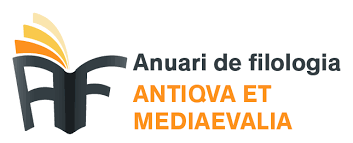Manuscript heritage at a crossroads: dust to digital or digital dust?
Keywords:
Arabic manuscripts, West Africa, Mali, Mauritania, Nigeria, description, preservation, digitization, digital librariesAbstract
Ever since colonial times, West Africa Arabic manuscripts have been the object of ambiguous attention on the part of administrators, conservators and scholars. As a result, collections were first concealed or disclosed (depending on the predatory or protective nature of Western attentions), then targeted by modern scientific initiatives focused on bibliographic description, content analysis and preservation. A review of their accomplishments and shortcomings will help understand how many such projects often failed to meet – or even understand – the expectations of their intended and potential users. Or if they did meet such expectations, they misunderstood or underestimated the nature of the tools they employed and the rapidly evolving technological and cultural environment that nurtures and supports them. Only by understanding these evolving trends and realities, and therefore engaging information professionals equipped with the appropriate knowledge and skills to take advantage of them, will new initiatives to preserve and document West African Arabic manuscript heritage succeed in providing continuous and relevant access to its intellectual content and material culture.Downloads
Published
2016-02-02
How to Cite
Krätli, G. “Manuscript Heritage at a Crossroads: Dust to Digital or Digital Dust?”. Anuari De Filologia. Antiqua Et Mediaeualia, no. 5, Feb. 2016, pp. 41-66, https://revistes.ub.edu/index.php/AFAM/article/view/15232.
Issue
Section
Dossier
License
The authors who publish in this journal agree to the following terms:
a. Authors retain copyright and grant the journal the right of first publication.
b. Texts will be published under a Creative Commons Attribution License that allows others to share the work, provided they include an acknowledgement of the work’s authorship, its initial publication in this journal and the terms of the license.
Submission and processing charges: AFAM does not have either article submission charges or article processing charges (APCs)






